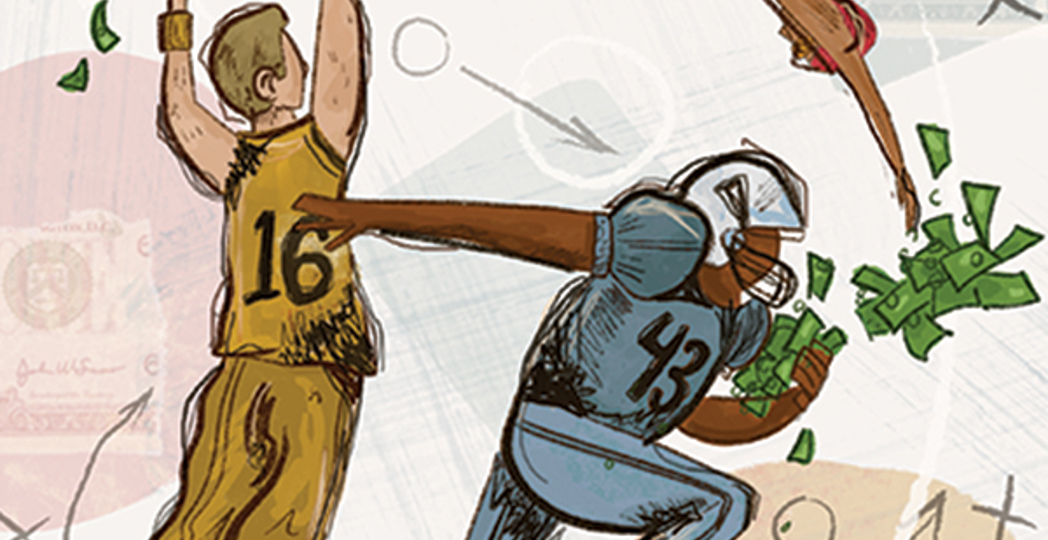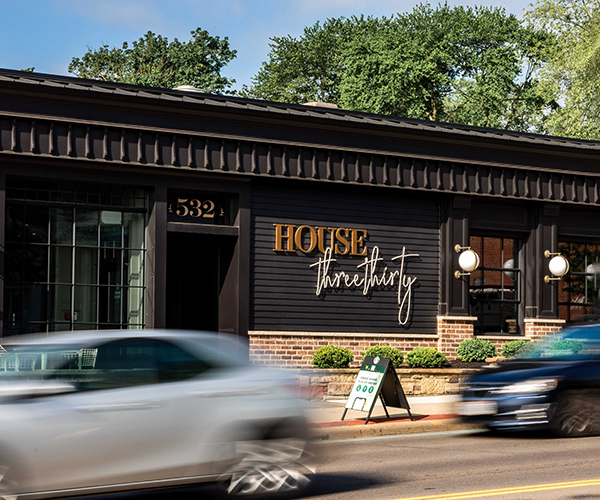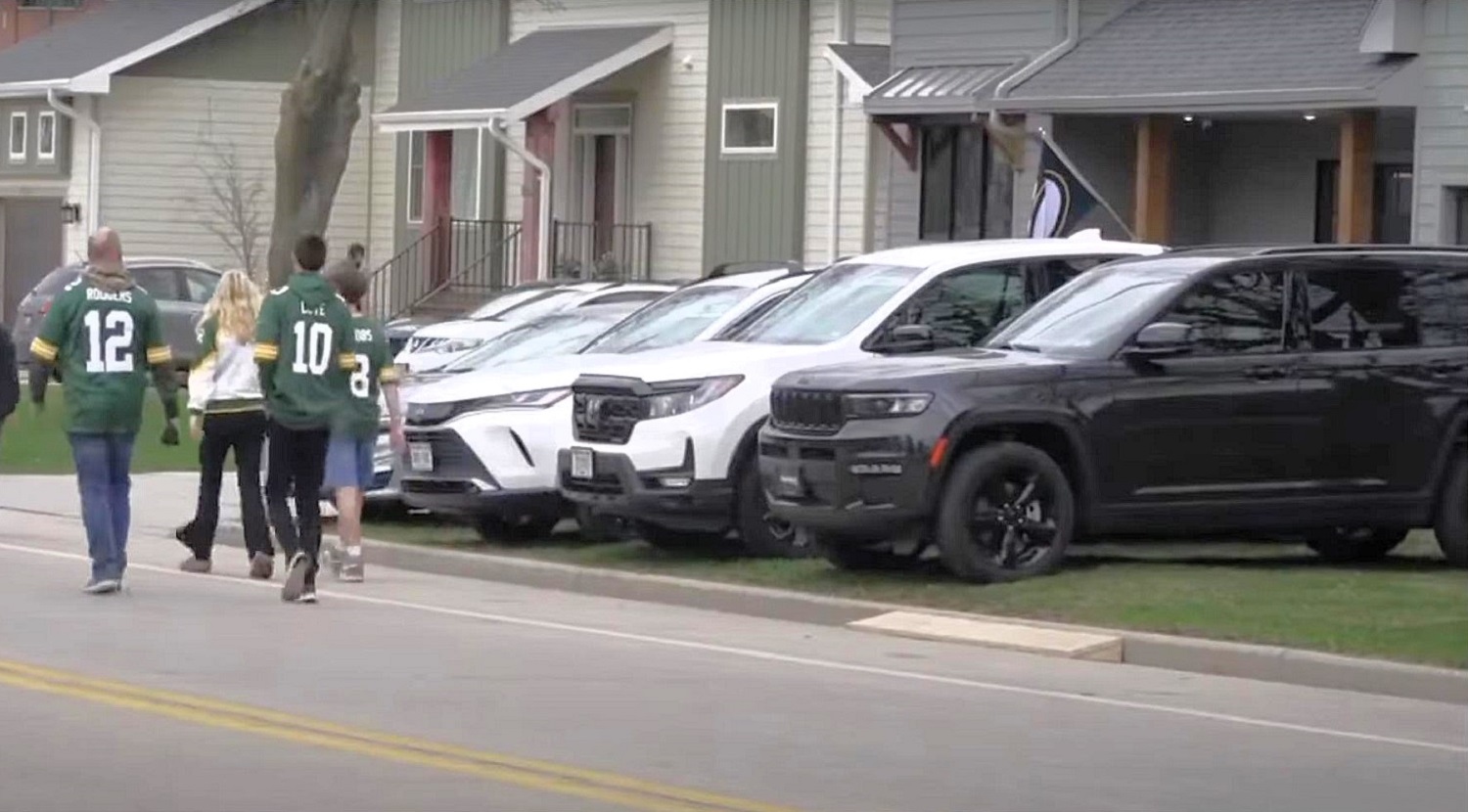NIL Money Flows to Collegiate Athletes But Without Structure
by Vince Guerrieri | Nov. 2, 2022 | 12:00 PM

Ted Ginn Sr. has seen how money can change a kid.
The Glenville High School football coach saw students who were dealing drugs tell teachers, “I made more money than you last year.” But even legitimate windfalls could be dizzying.
“There are kids who thought they were rich when they got their Pell Grant money in their pocket,” he says. “It’s harder to coach those kids.”
And now, student-athletes — at least on the college level — can tap into a new revenue stream. Although it hasn’t come to Ohio high schools yet, it has become a part of college recruiting. Ginn’s not opposed to name, image and likeness, or NIL, rights for college athletes, but his kids seeing dollar signs – the Tarblooders have 11 players who already have scholarship offers — has become one more challenge to the coach.
“I believe kids should be paid,” he says. “You want people to be paid for what they do. People make money off the kids, but the kids don’t make money. But there’s a better way to do it. It should be put into escrow as an incentive to keep them on the straight and narrow.
“Coaching football is easy. Coaching them in life is hard — and this makes it harder.”
In 2009, Ed O’Bannon sued the NCAA because colleges and the NCAA could profit off an athlete’s name, image and likeness through things like merchandise sales and video game licensing, but the students themselves could not. A judge ruled that was a violation of antitrust laws, and in 2021, a new NCAA rule went into effect allowing students to sign deals that let them profit off their name, image and likeness. That June, Gov. Mike DeWine signed an executive order allowing Ohio athletes to profit off their name, image and likeness, with exceptions (athletes can’t sign deals with casinos or companies manufacturing alcohol or other controlled substances).
It’s turned into an arms race — and one more tool for colleges to use in recruiting. Texas A&M athletes made a reported $4 million in NIL deals in the 2021-22 school year. (The state of Texas requires disclosure of NIL contracts — as well as their amounts.) In June, The Ohio State University rolled out its NIL Corporate Ambassador Program, urging local companies to sign Buckeye athletes to NIL deals. It was there that football coach Ryan Day threw out the figure of $13 million as the amount it would take to keep the football team intact.
“It’s a new market, and like any new market, it will be chaotic for a while,” says U.S. Rep. Anthony Gonzalez, who introduced NIL legislation in Congress.
Gonzalez, an all-Big Ten receiver at Ohio State who went on to play for the Indianapolis Colts, has always been an advocate for NIL rights. He said he introduced the legislation to try to make a uniform NIL law, leveling the playing field between states, but it’s stalled in Congress.
“What has happened is what I’d feared would happen,” says Gonzalez, who opted not to run for re-election this year, and will leave the House in December. “There are 50 states with 50 different sets of rules and no real transparency.”
On the collegiate level, NIL deals have to have a signed contract, which must be approved by the university’s compliance office. NCAA rules forbid universities and their employees from signing players to NIL deals, and athletes can’t use any type of university branding (like wearing their uniform or even a hat or shirt with the school’s name on it).
Dan Griffin, assistant athletic director for athletic communications at Kent State, says universities can’t take any role in brokering deals. But Kent is one of many schools that has partnered with Opendorse, an online platform that vets companies for potential NIL deals and presents potential deals to participating athletes. Griffin says Kent offers a class on social media best practices but can’t go beyond that for any type of advice for students.
Taiyier Parks, a North Royalton High School graduate now playing basketball at Michigan State University, says NIL deals are a function not necessarily of athletic accomplishment but of social media following.
“If you’re a high-profile athlete and you have a following and you’re doing well in college, it’s easier to get brand deals and get people looking at you,” says Parks, a senior public relations major. She was able to sign a deal with Michigan State Federal Credit Union. She received $500 monthly during the season, and in exchange, she promoted the brand on social media and made personal appearances.
Sencire Harris, a Canton native, graduated from Akron St. Vincent-St. Mary in 2022. A highly touted guard, he’s at the University of Illinois. He hasn’t signed a NIL deal yet but is evaluating options and hopes to do so for basketball season.
“This is a new environment for me,” he says. “My parents are helping me manage things and put me in good situations. You have to be patient and make sure you have people who can help you better yourself — and not them.”
It’s even trickling down to the high school level. Sixteen states allow NIL deals for high school athletes — and
another 10 are considering them.
In May, OHSAA member schools voted — by a nearly two-to-one margin — against allowing high school students to profit off their name, image and likeness. But that doesn’t settle the issue, says OHSAA executive director Doug Ute.
“I would guess at some point in the coming years it would come up again in some form,” he says, noting that 16 states allow for high school students to make NIL deals. “I think the two things we heard were number one, it’s too soon and let’s see how it unfolds with colleges and universities, and number two, that the schools would be accepting some of the liability of any deals they might sign.”
Even if it’s coming, Ginn says,
student-athletes need to stay focused on the bigger picture.
“I tell the kids, don’t let money trick you,” he says. “Name, image and likeness money isn’t a career. That’s an opportunity to get you jump-started in life.”

Vince Guerrieri
Vince Guerrieri is a sportswriter who's gone straight. He's written for Cleveland Magazine since 2014, and his work has also appeared in publications including Popular Mechanics, POLITICO, Smithsonian, CityLab and Defector.
Trending
-
1
-
2
-
3
-
4
-
5










